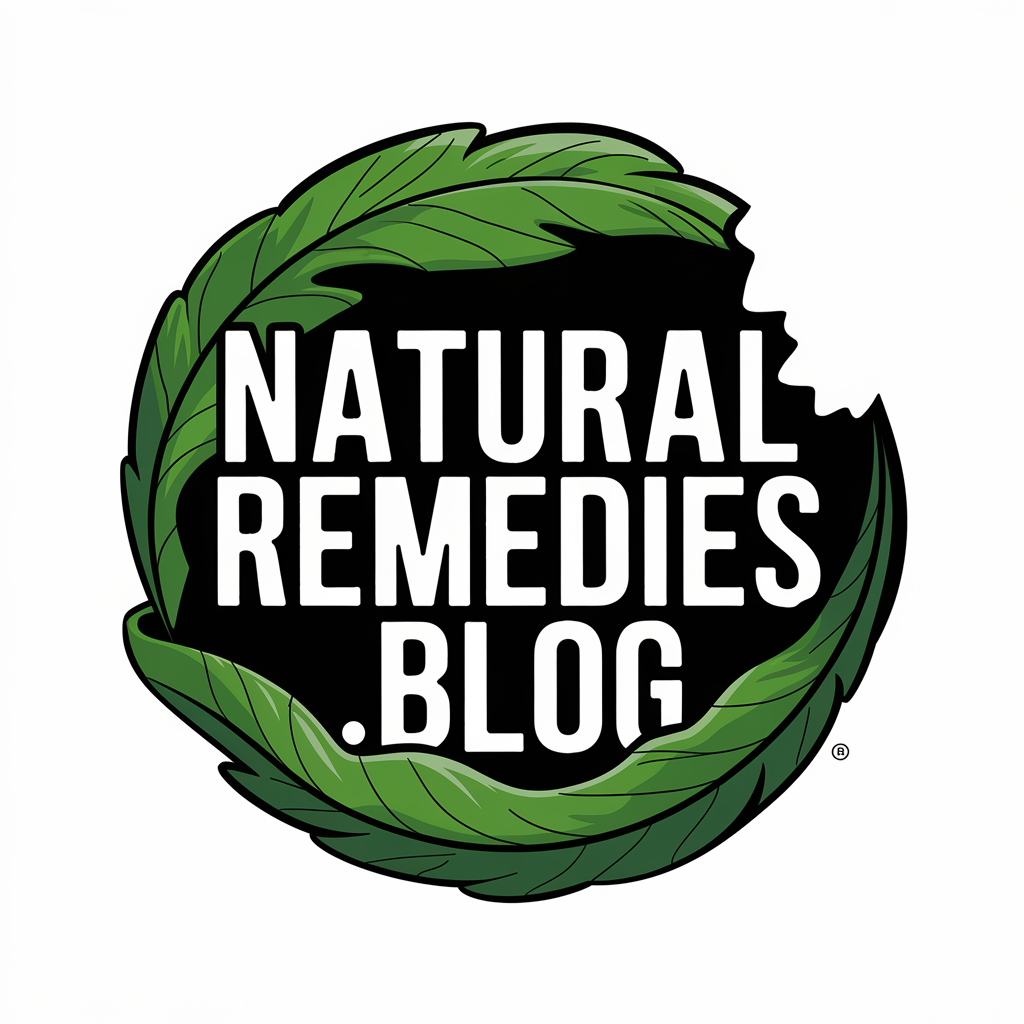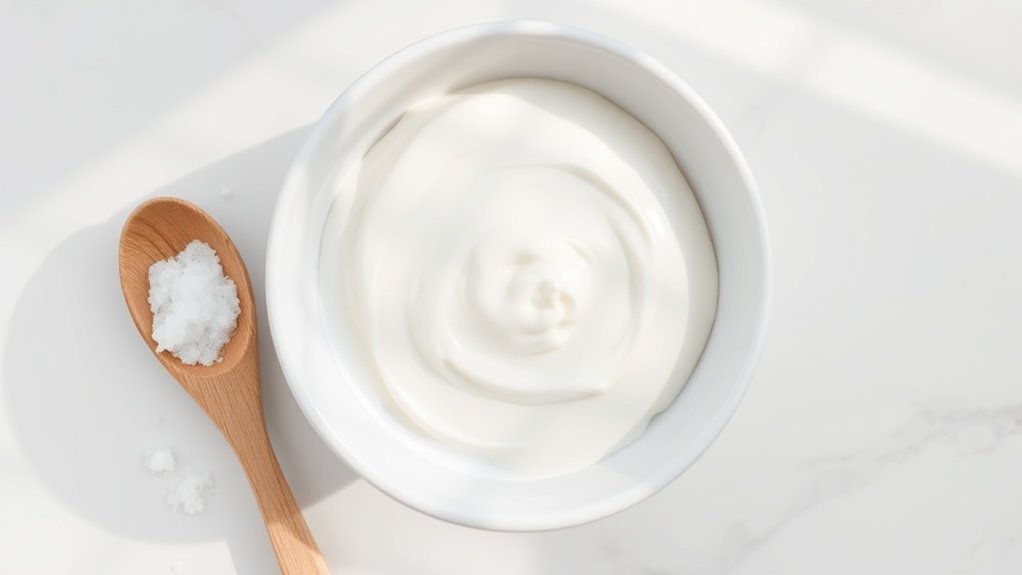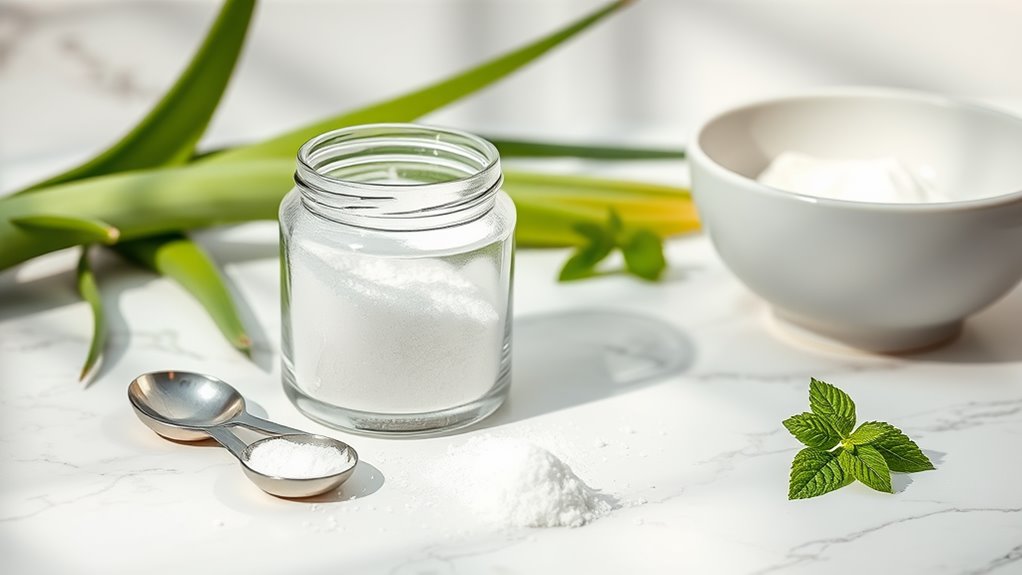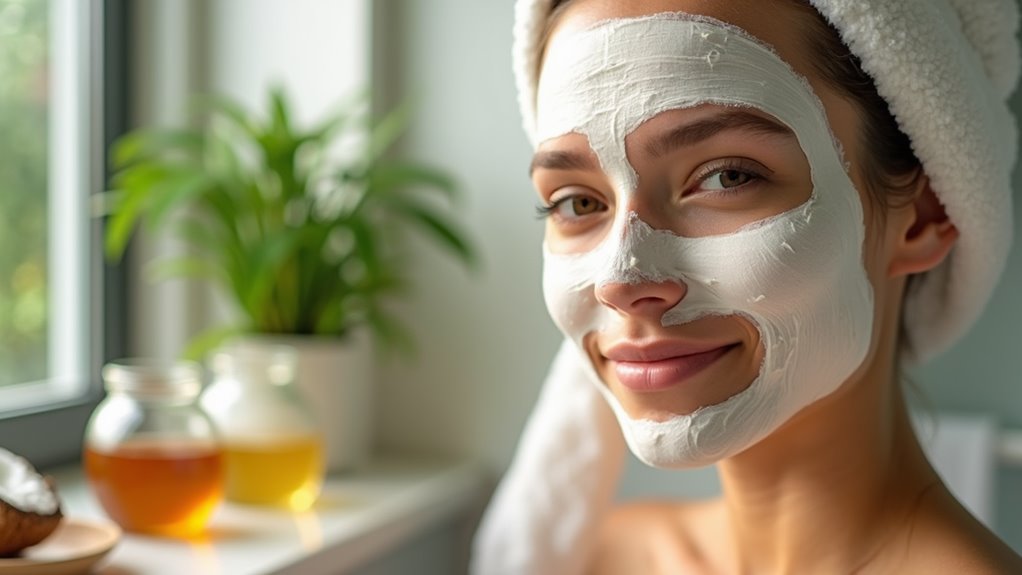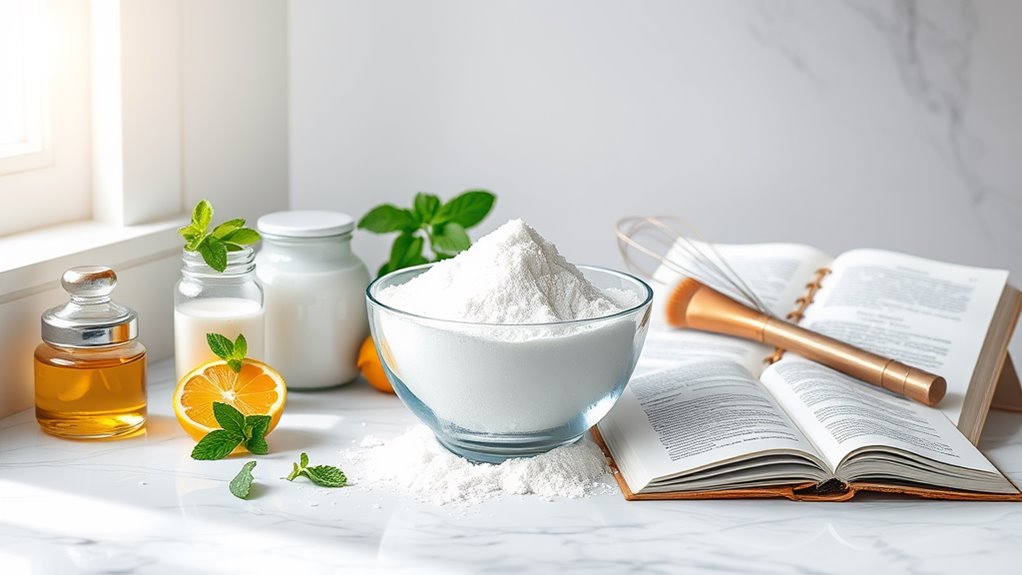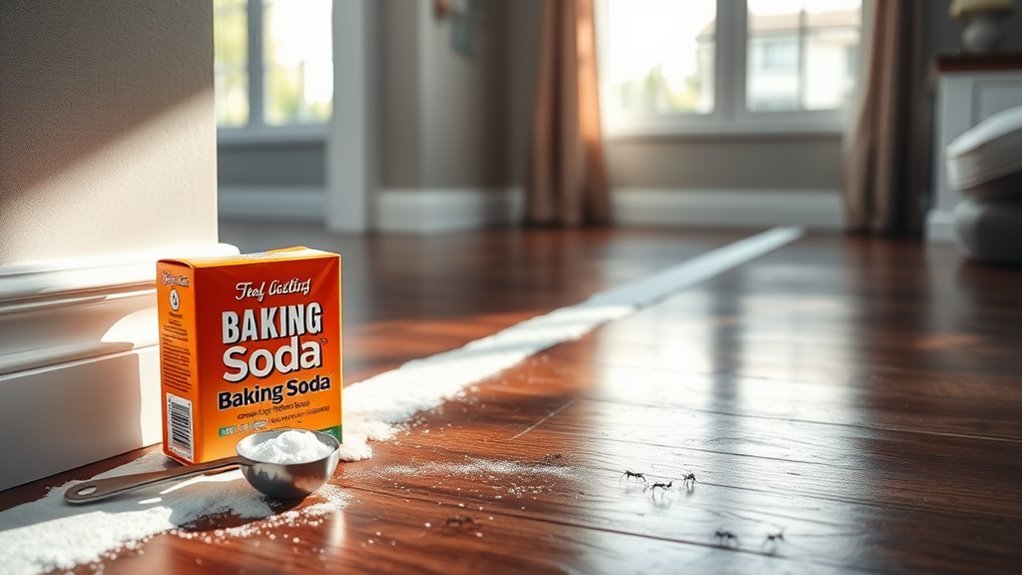Baking Soda Face Mask for Clearer, Softer Skin
While you might hesitate to put a common kitchen ingredient on your face, baking soda has proven itself as a legitimate skincare solution backed by dermatological research. You’ll find that its unique properties can effectively balance pH levels, remove dead skin cells, and combat acne-causing bacteria. When used correctly, this affordable ingredient transforms into a powerful ally for your skincare routine – but there’s more to creating an effective treatment than simply mixing powder and water.
Benefits of Using Baking Soda on Your Skin
Baking soda offers several evidence-based skincare benefits when used topically. As a mild abrasive, it effectively exfoliates dead skin cells and unclogs pores. Its alkaline pH helps neutralize excess oil and acid on your skin’s surface, potentially reducing acne-causing bacteria.
When you apply a baking soda face mask, you’ll benefit from its anti-inflammatory properties that can calm redness and irritation. The compound’s fine particles provide gentle mechanical exfoliation without harsh scratching.
It’s also known to help balance skin’s pH levels, though you should use it sparingly to avoid disrupting your skin’s natural barrier function. Additionally, its unique pH-balancing properties can be particularly beneficial for restoring skin health.
Simple DIY Baking Soda Face Mask Recipes
Creating effective baking soda face masks requires precise measurements and compatible ingredients to maximize therapeutic benefits while minimizing skin irritation.
Mix 2 teaspoons of baking soda with 1 teaspoon of water to form a basic paste. For oily skin, add 3 drops of tea tree oil. For dry skin, incorporate 1 teaspoon of honey. By doing so, you harness the pH-balancing properties of baking soda to soothe irritated skin.
You’ll achieve ideal results by applying the mask to clean, damp skin using circular motions. Let it sit for 5-10 minutes, but remove immediately if you experience burning or stinging.
Rinse thoroughly with lukewarm water and follow with a moisturizer. Don’t use more than twice weekly.
How to Apply Your Baking Soda Face Mask
The proper application of a baking soda face mask requires careful attention to technique and timing.
Begin by washing your face with lukewarm water and patting it dry. Apply the mask mixture using clean fingertips, gently massaging in circular motions while avoiding the eye area.
Don’t press too hard, as baking soda’s texture can be abrasive. Baking soda has antibacterial properties that help combat acne-causing bacteria, making it an effective ingredient for clearer skin.
Leave the mask on for 5-10 minutes maximum. If you experience any burning or irritation, remove it immediately.
Once time’s up, rinse thoroughly with cool water, ensuring no residue remains. Follow with your regular moisturizer to rehydrate the skin.
Safety Tips and Precautions
While proper application technique is important, understanding safety measures can prevent adverse reactions to baking soda masks. Before using a baking soda mask, you’ll need to verify your skin can tolerate this alkaline ingredient through a patch test.
-
Don’t leave the mask on for more than 5 minutes, as extended exposure can disrupt your skin’s pH balance.
-
If you experience redness, burning, or irritation, remove the mask immediately and rinse with cool water.
-
Don’t use baking soda masks more than twice per week, and avoid this treatment if you have sensitive skin, rosacea, or active acne. Additionally, monitoring for signs of irritation during and after application is crucial to ensure your skin remains healthy.
Best Practices for Optimal Results
For ideal results with baking soda face masks, proper preparation and timing are essential factors that determine treatment effectiveness.
Cleanse your face thoroughly with warm water to open pores before application. Mix the mask immediately before use, ensuring a smooth paste-like consistency.
Apply the mixture evenly using gentle circular motions, avoiding the eye area. Keep the mask on for 1-2 minutes if you have sensitive skin, or 2-3 minutes for normal skin types. Notably, the skin pH plays a crucial role in oil management and overall skin health.
Rinse with cool water to close pores, then pat dry. Follow with a gentle moisturizer to restore skin’s pH balance.
